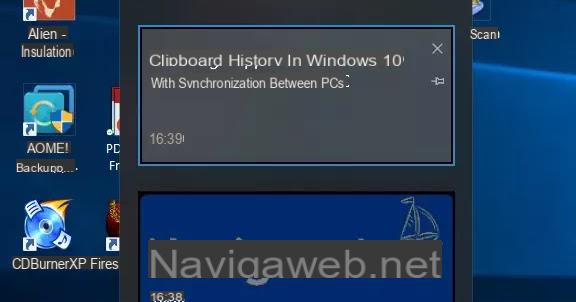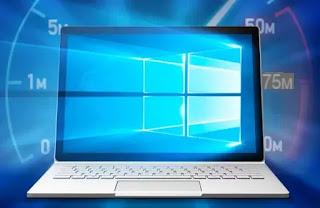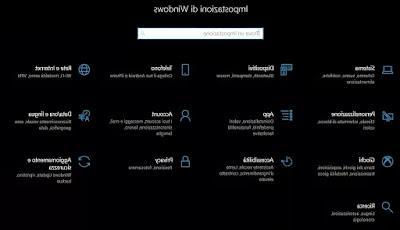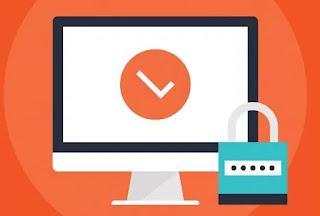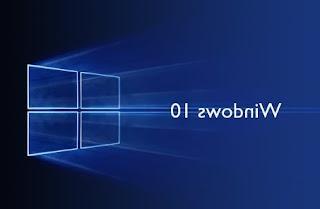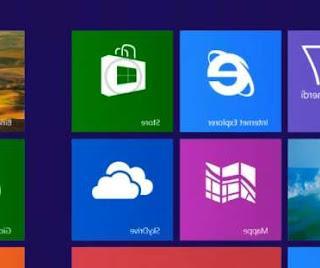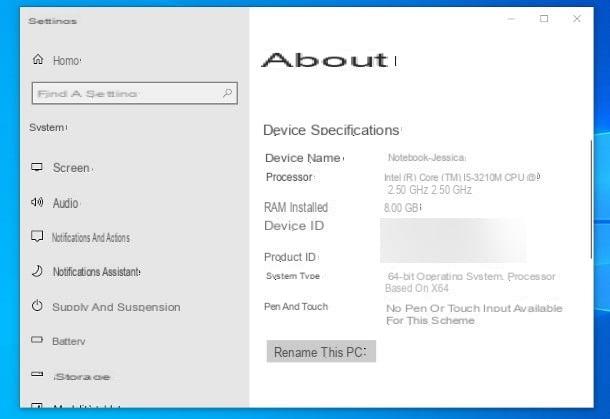 Those used to reading tech blogs surely know how change default browser so that, by opening any web page or clicking on a link from a Word document or an email, the browser we use every day opens.
Those used to reading tech blogs surely know how change default browser so that, by opening any web page or clicking on a link from a Word document or an email, the browser we use every day opens.If you are a beginner with the world of information technology, we may be surprised even by this simple operation.
So let's find out what we need to do to change the default browser on all PCs with a Windows operating system.
We will show you the procedure to perform on Windows 10, Windows 8.1 and Windows 7, the systems still supported by Microsoft, and finally how to change the default browser with the procedures offered by the various browsers.
How to change default browser on Windows PC
Let's see first how to change the default browser using the options offered by the most used Windows operating systems.
It goes without saying that the browser chosen must already be installed on the PC to be able to select it; below we will find the links to download the most popular web browsers.
- Google Chrome
- Mozilla Firefox
- Opera
We choose which browser to install on the PC and, if the warning at the first start of the browser for the change does not work, just follow the procedures described below.
1) Change default browser on Windows 10
To change the default browser in Windows 10 the procedure is quite simple, even if at first glance it might seem difficult since it must be done in the Settings menu (there is no automatic browser assignment at first start).
To change the default browser, open and type Settings in the Start menu, open the menu then just open the App menu -> Default Apps; scroll through the various items on the right of the window until you find Web browser.

We click on the browser set as default (Microsoft Edge is basic) and choose the browser we intend to use every day from the list that will appear in the center of the screen.

Once the choice has been made, Windows will use the chosen browser from now on; it may be necessary to repeat the procedure only in the case of complete updates of Windows 10 (the famous Updates), since Microsoft Edge will tend to return on many occasions (perhaps because Microsoft pushes the use of its browser anyway).
On Windows 10 the choice of the browser must be made exclusively from this screen, since the control systems integrated in the various browsers can only indicate how to reach this screen but can no longer change the default browser independently for security reasons.
2) Change default browser on Windows 8.1
If we still use the Windows 8.1 operating system, the procedure to change the default browser is as follows: open the Start screen and type Default programs, we will see the one we are looking for appear among the many programs, that is Default app settings.

This will open a screen of the new settings menu where you can immediately change the default browser by clicking on the browser indicated under the heading Web Browser.

A list will open where all we have to do is choose the browser we intend to use for all the links and as the default in the system.
On Windows 8.1, changing the default browser can also be done by individual browsers at the first opening or as indicated in the final part of this guide.
3) Change default browser on Windows 7
The oldest of the Windows operating systems, Windows 7, offers a Control Panel option to be able to change the default browser.
To find this item quickly, all we have to do is open the Start menu and type Pre-defined programs.

In the menu that will open, click on Set default programs and, in the list of programs that we will see appear, click on the browser we intend to use instead of Internet Explorer, then click on the item Set this program as the default.

At the end of the configuration, click on OK at the bottom right.
On Windows 7 it is valid when already said for Windows 8.1: this step is superfluous for many users because the first time a new browser is opened we will be asked whether to set it as default or periodic checks will be carried out each time the browser is opened, being able to automatically apply the change to the system by selecting the setting when prompted; alternatively we can use (on any version of Windows) the procedures described below.
4) Change default browser from programs
Generally, every time you open a browser other than the default one, a message appears to set it as default; if this does not appear, depending on the case, the manual procedures for changing browsers preferred are the following (on Windows 10 they open the same screen already seen in the first part of the guide):
- If you want to use Google Chrome just open it, click on the three dots at the top right, enter the settings and press the button Set Google Chrome as default browser.

- If you want to use Firefox let's open it, click on the three lines on the top right, select Options and in the first General tab click on Set as default browser.

- If we want to use Internet Explorer instead of Edge or the other browsers present in the system it will be sufficient to open it, click on the gear symbol at the top right, open the Internet Options item, go to the Programs tab and finally click on Set programs present under Internet Programs.

- Finally, if you want to use the browser Opera, press the Opera button at the top left, go to Settings and in the Basic screen click Set Opera as your default browser.









